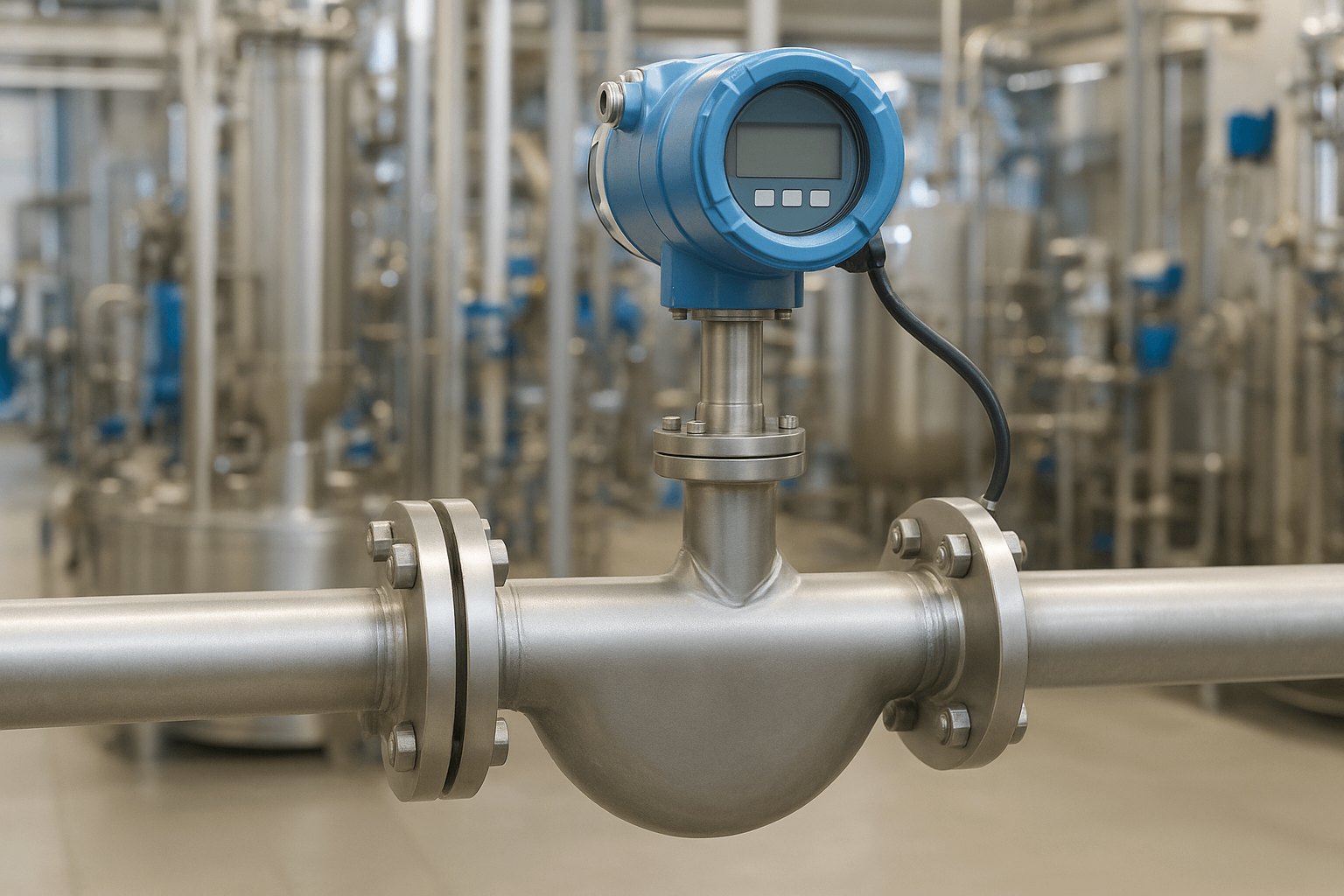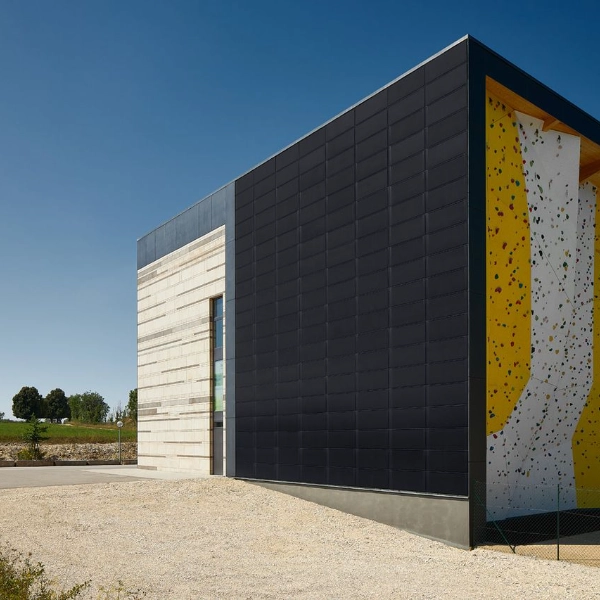Sustainable Structures: Unveiling the Most Environmentally-Friendly Building Practices
In an era where climate change and environmental degradation are pressing concerns, the construction industry is undergoing a significant transformation. As we seek to minimize our ecological footprint, the question arises: What is the most environmentally-friendly form of building? This article delves into various sustainable building practices, materials, and technologies that not only reduce environmental impact but also promote a healthier living environment.
Understanding Sustainable Building
Sustainable building, often referred to as green building, encompasses a holistic approach to design, construction, and operation that prioritizes environmental stewardship, resource efficiency, and occupant well-being. The goal is to create structures that are energy-efficient, utilize sustainable materials, and minimize waste throughout their lifecycle.
Key Principles of Environmentally-Friendly Building
- Energy Efficiency: One of the cornerstones of sustainable building is energy efficiency. This can be achieved through passive design strategies such as optimal orientation, natural ventilation, and thermal mass. Additionally, incorporating renewable energy sources like solar panels and wind turbines can significantly reduce a building's reliance on fossil fuels.
- Sustainable Materials: The choice of materials plays a crucial role in the environmental impact of a building. Sustainable materials are typically sourced locally, have low embodied energy, and are recyclable or biodegradable. Examples include bamboo, reclaimed wood, recycled steel, and rammed earth. These materials not only reduce the carbon footprint but also contribute to the aesthetic and durability of the structure.
- Water Conservation: Efficient water management is another vital aspect of environmentally-friendly building. Implementing rainwater harvesting systems, greywater recycling, and low-flow fixtures can drastically reduce water consumption. Additionally, landscaping with native plants that require minimal irrigation can enhance biodiversity while conserving water resources.
- Indoor Environmental Quality: A sustainable building should also prioritize the health and comfort of its occupants. This includes using non-toxic materials, ensuring adequate ventilation, and maximizing natural light. Incorporating biophilic design elements, such as indoor plants and natural materials, can improve mental well-being and productivity.
Innovative Building Techniques
As technology advances, new building techniques are emerging that further enhance sustainability:
- Modular Construction: This method involves prefabricating building components off-site, which reduces waste and construction time. Modular buildings can be easily disassembled and relocated, promoting a circular economy.
- 3D Printing: This innovative technique allows for the creation of complex structures with minimal material waste. 3D-printed buildings can be made from sustainable materials, such as bio-based plastics or recycled concrete, further reducing their environmental impact.
- Green Roofs and Walls: Incorporating vegetation into building designs not only improves insulation but also enhances biodiversity and air quality. Green roofs can absorb rainwater, reduce urban heat, and provide habitat for wildlife.
Certifications and Standards
To ensure that buildings meet environmentally-friendly criteria, various certification programs have been established. The Leadership in Energy and Environmental Design (LEED) and the Building Research Establishment Environmental Assessment Method (BREEAM) are two prominent standards that evaluate a building's sustainability performance. Achieving these certifications can enhance a building's marketability and value while demonstrating a commitment to environmental responsibility.
Conclusion: The Future of Sustainable Building
As we navigate the challenges of climate change and resource depletion, the construction industry must embrace environmentally-friendly practices. While there is no one-size-fits-all answer to the question of the most environmentally-friendly form of building, a combination of energy efficiency, sustainable materials, innovative techniques, and a focus on occupant health can lead us toward a more sustainable future. By prioritizing these principles, we can create buildings that not only meet our needs but also protect the planet for generations to come.



